Hydroponics Greenhouse
SPKloppers
10 years ago
Related Stories
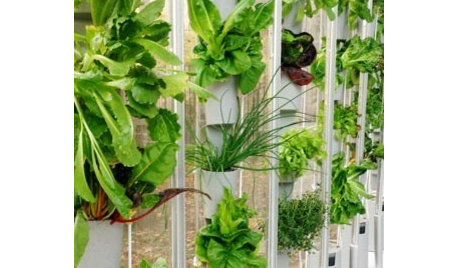
PRODUCT PICKSGuest Picks: High-Tech Plant Helpers
Hydroponics, monitoring systems, even an electric pollinator ... these gadgets and services keep your greenery growing strong
Full Story
HOUSEPLANTS8 Essentials for Healthy Indoor Plants
Houseplants add so much to our homes — and can thrive when grown in the right conditions. Keep these tips in mind
Full Story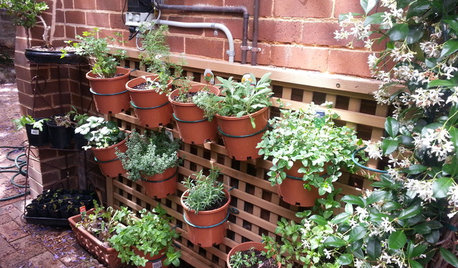
FARM YOUR YARD14 Crazy Places to Grow Edibles
Some Houzzers may lack ground for gardening, but they’re never short on imagination
Full Story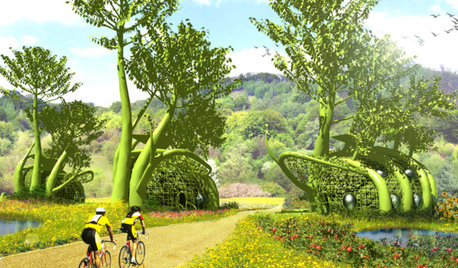
EVENTSOn Show: Weird, Wondrous Science Meets Design
Houses grown, not built. Power-generating soil. And snail poop that ... well, see for yourself in our coverage of a new Rotterdam exhibit
Full Story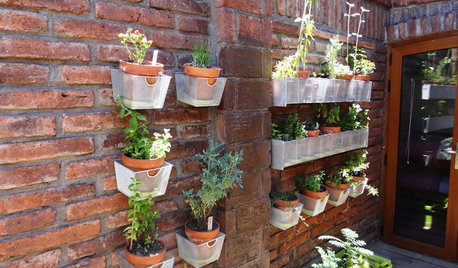
EDIBLE GARDENSHouzz Call: Where Are the Craziest Places You Grow Edibles?
Basil in a bathtub, spinach stacked up a wall ... If your edibles occupy an odd spot, we’d like to know
Full Story
FARM YOUR YARD6 Things to Know Before You Start Growing Your Own Food
It takes time and practice, but growing edibles in the suburbs or city is possible with smart prep and patience
Full Story
LANDSCAPE DESIGNNatural Swimming Pools: More Beauty, No Chemicals
Keep your skin and the environment healthy with a pool that cleans itself, naturally
Full Story
FARM YOUR YARD9 Ways to Change Up Your Vegetable Garden for the Coming Season
Try something new for edible plantings that are more productive than ever
Full Story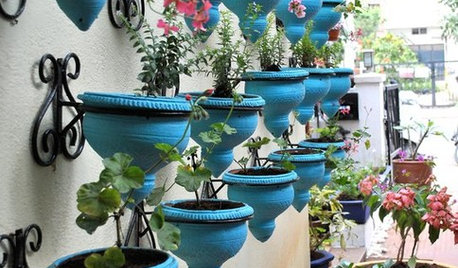
GARDENING AND LANDSCAPINGOne-of-a-Kind Ways With Planters
Bright colors, unusual shapes, unexpected uses ... these unique ideas for container plantings with personality may just grow on you
Full StorySponsored
Central Ohio's Trusted Home Remodeler Specializing in Kitchens & Baths
More Discussions







PupillaCharites
cole_robbie
Related Professionals
Foothill Ranch Landscape Architects & Landscape Designers · New Mexico Landscape Architects & Landscape Designers · Saint Matthews Landscape Architects & Landscape Designers · Willowick Landscape Architects & Landscape Designers · Alexandria Landscape Contractors · Apollo Beach Landscape Contractors · Barrington Landscape Contractors · Brockton Landscape Contractors · Cerritos Landscape Contractors · Cincinnati Landscape Contractors · San Antonio Landscape Contractors · Sun City Center Landscape Contractors · Vashon Landscape Contractors · West Chicago Landscape Contractors · Silver Firs Landscape ContractorsSPKloppersOriginal Author
SPKloppersOriginal Author
Rio_Grande
PupillaCharites